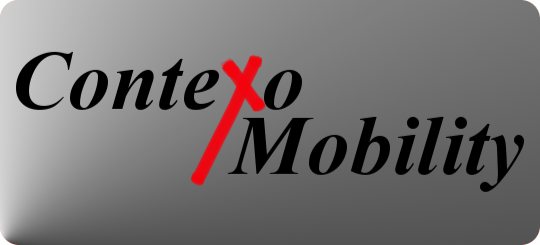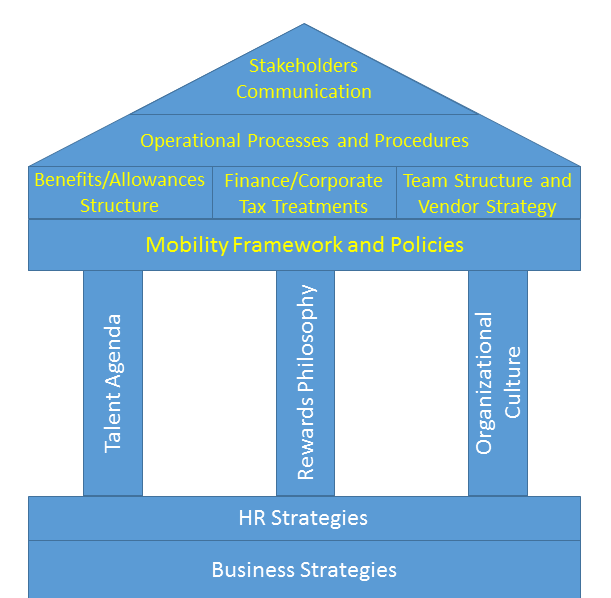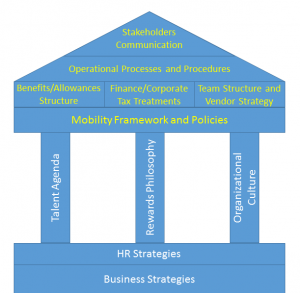Flight Plan: Effective Planning for Global Mobility Program
Remember the last time you took a holiday or a business trip on a plane? You buy the airline ticket, step on the plane and, as most travelers do these days rightfully, expect a smooth ride to your destination – notwithstanding minor turbulence, which you trust the pilots to manage without any fanfare. Little do passengers think about the meticulous and detailed pre-flight planning and checks that pilots go through to make the journey safe and to ensure contingencies will be dealt with effectively.
Like a flight plan, global mobility is much more than getting from point A to point B. Making sure due considerations are given to all relevant issues in the structure and execution of your plan could help avoid costly mistakes.
Whether you are starting to mobilize your workforce or already have a contingent of employees mobilized overseas, there are good reasons to check that you have assessed your approach to global mobility holistically. In this section, we will explore how comprehensive planning not only helps contain costs and mitigate risks but also ensures your employees (both domestic and mobilized) are well motivated to support your business strategies.
Criticality of Global Mobility-Related Costs to Bottom Line
Consider assignments typically cost three to five times an employee’s salary and human capital being a major element within the cost structure, the difference efficient use of dollars spent on global mobility could make cannot be overstated. This is especially so when companies today are faced with increasing pressure to both grow the top line and reduce costs to drive bottom line.
Talent Agenda and Business Strategies
Companies at different stages of maturity will invariably have different priorities for talent management. What is common, however, is the aim to attract and retain talent. While it is appreciated that mobility is normally necessitated by a talent gap and these opportunities are often marketed by Recruitment to attract candidates, mobility, if not managed appropriately, is a double-edged sword that could also result in unnecessary costs and demotivation of domestic employees. It is when you have the following in place that you could then maximize your Return on Investment (ROI) –
- Purpose-built framework and policies for strategic use of global mobility;
- Governance process for management oversight and periodic policy reviews; and
- Well-defined plans for the role and the incumbent.
Articulating your talent strategy through your global mobility policies and practices could both enhance your engagement with the employee population (both domestic and mobilized) and help drive the delivery of your business objectives.
Structure of Global Mobility-Related Premiums
It is not uncommon for premiums such as allowances and benefits to be paid to mobilized employees for various reasons. Rationale for a particular case may sometimes seem clear and strong. Determining how any such premiums should best be quantified and structured according to its rationale, market benchmark, as well as company culture, and, consequently, how communication should be managed would, on the other hand, require more meticulous planning. The level of resources available to administer your global mobility policies would also be a relevant consideration for the structure of these premiums.
While it is conceivable that companies may decide to pay a premium in the form of salary increase, such proposals should be considered cautiously if the sole purpose is to entice a move. There should be clear delineation between the purposes served by compensation versus global mobility policies. A simple decision to blur the two in the name of expediency can easily set a precedent, which may become an anchor point that causes cost escalation.
Accounting and Corporate Tax Structure
Surely, effective structure of global mobility policies and benefits/allowances is important. Just as important, nevertheless, is to carefully consider the accounting and corporate tax treatments for various mobility benefits/allowances. Not only is this pertinent to compliance and control purposes but it could also keep the scale from tipping over because of material impacts these treatments could have on the overall cost. Close partnership should be fostered with Finance and Corporate Tax departments to mitigate such exposures jointly.
Team Structure and Vendor Strategy
There are a few constants that will influence your decision on the level of resources to commit for managing global mobility and choosing the operating model to adopt –
- Volume of your mobile employee population;
- Type(s) and complexity of move involved; and
- Capability to deliver services in-house.
Capability for in-house delivery is the question that would warrant a bit more exploration. It is not a mere determination of whether capability exists or could be developed but an optimization of sustainability (of skill set and knowledge, which necessitate constant upgrade), control, economy of scale, and costs. There are primarily three operating models but these are really different points along a spectrum as illustrated in the diagram below. The further your operation leans towards the Outsourced model, the more vital strategic sourcing and partnership with your service providers will be.
Since global mobility, by nature, involves multiple locations, your operating model must account for a geographical overlay. For practical reasons, companies with small mobile employee populations tend to manage mobility policies centrally from the headquarters and rely on country HR for local support. In contrast, companies with large mobile employee populations may employ a variety of centralized or de-centralized models with dedicated mobility specialists; those with a more sizable population may also set up regional hubs and/or shared service center(s) in order to take advantage of economy of scale.
Operational Processes/Procedures and Stakeholder Communication
Strategies and policies can only be as good as the execution. To ensure that business’ timing for commencement date can be met, stress on relocating family will be minimized, and that all relevant compliance requirements are properly managed, it is imperative that every effort is made to address the following, which are prerequisites to the successful implementation of your strategies and policies –
- Roles and responsibilities are clearly defined;
- Processes and procedures are streamlined and clearly documented; and
- Communication to stakeholders is effective and well understood.
Infrastructural requirements for workflow, automation, and data management should also be considered. You may need to assess the feasibility of utilizing your existing HR information system or augmenting that with some other alternatives. At a minimum, you should ensure data necessary for immigration and tax compliance as well as identifying your mobile population could be readily tracked and reported.
These are the fundamental building blocks of an effective global mobility program. You can rest assure that your flight to global mobility will be smooth (perhaps minus a few bumps) and the landing will be soft when you are able to connect these complex issues and tailor solutions based on your specific strategic needs.



